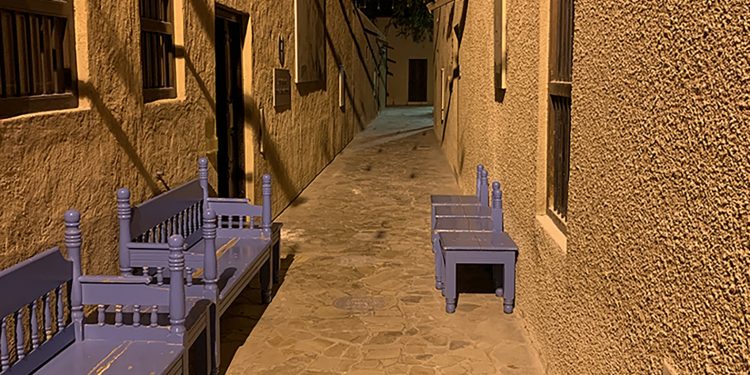A hearing test, unless perfect in the first phase, always has a second phase. The first time I appreciated the difference was during the discovery of a problem. In phase one, the technician noticed that I had a material loss of hearing in my right ear. It was obvious, even to me, that there was a problem. His calm words gently guided me into phase two.
As phase two unfolded, I could sense a repeat of phase one. As we concluded, I asked about the two phases.
“In the first phase, I check the mechanical hearing within your ear as well as the electrical signal to your brain. If there is a gap or weakness, I check the same ranges by sending a signal directing to your hearing nerve. This is my leading indicator of the problem source, mechanical or something more. In my case, it was more.
The echo of his words returns as a lingering whisper. I have come to appreciate the wisdom of his approach. To the first two phases, I have added a third – what, if anything, do I do with what I hear?
In the early days of work, feedback suggested to me that my colleagues did not always think I was listening. As accurate as the feedback was, I came to appreciate that there were two critical observations. First, did the person talking believe I was listening? Secondly, was I listening beyond a casual forget as soon as you think you hear listening?
I have come to appreciate and value authentic listening. It is a priceless gift we can give and receive. It should be treasured! Embracing this begins with James’ advice; “Don’t fool yourself into thinking that you are a listener when you are anything but, letting the Word go in one ear and out the other. Act on what you hear!” (James 1.22) Hearing takes on new meaning as we listen to understand what we hear with our hearts first and then, only then, with our minds. When one hears and knows s/he is heard, hope lives.




